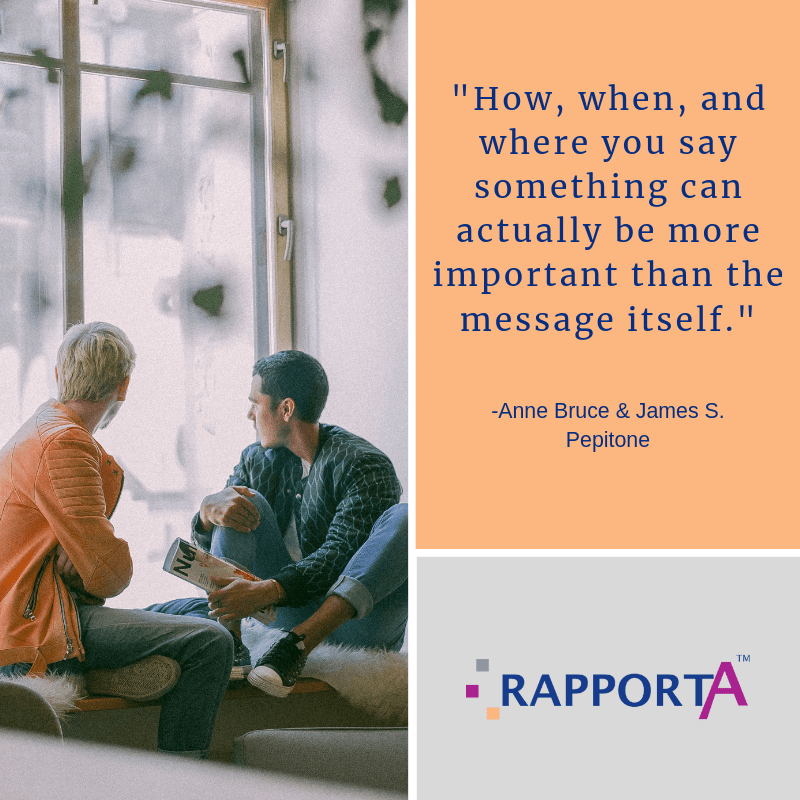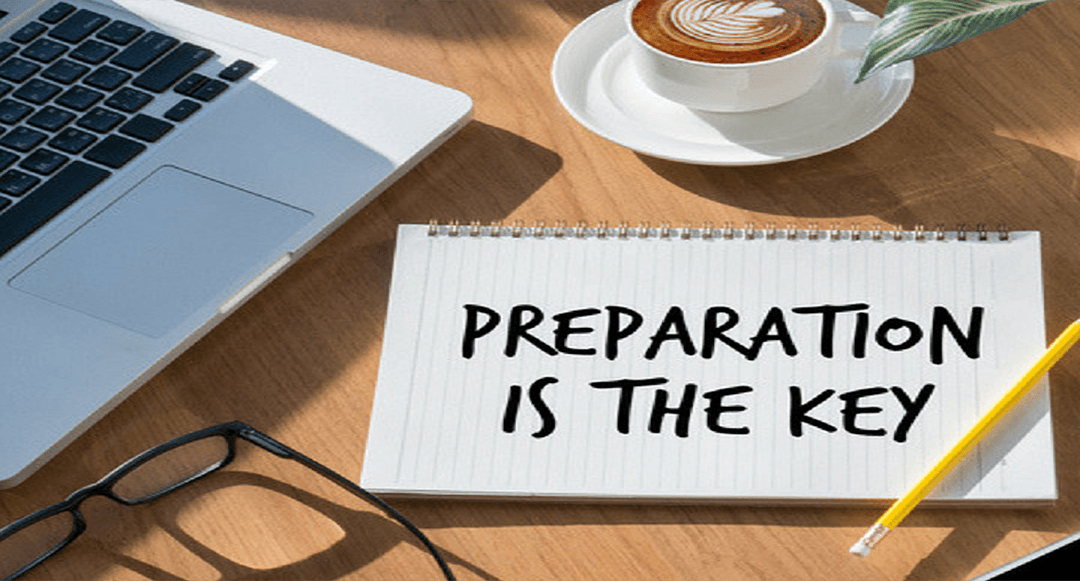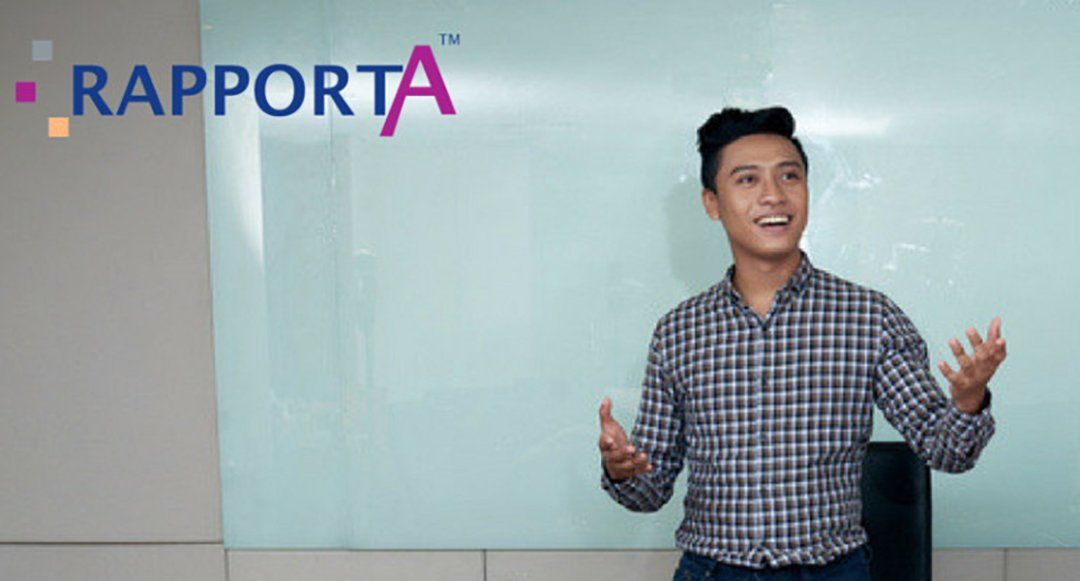Enhancing Impact and Influence – Proven Principles, Top Tips
Would you like to have more positive impact and influence at work?

A WholeBeing approach is proven to help; in my experience, anyone with the right purpose and mindset – who also applies the right communication tools and techniques consistently – can enhance their brand and impact and increase their influence significantly. And start to see the benefits almost immediately.
If you feel you don’t yet have the personal brand and impact you would like to have, and are not sure what’s missing, something (or several things) on this list is likely to help. One of my recent clients turned her own brand and impact around to fantastic feedback and outcomes – improving her relationships, increasing her credibility and influence and becoming happier in the process. (You are welcome to read the feedback HERE for inspiration and encouragement.)
Read on for 8 of the ways this already highly effective female leader has begun to apply the principles of WholeBeing Communication, in a totally authentic-to-her way, to excellent effect and benefit to her own brand and impact (not to mention career prospects), her team and her organisation:
- Choose your thoughts and attitude. Don’t let other people or negative experiences in the past “run” your emotions. Instead, consciously decide on the best mindset when approaching each situation and individual and choose that. Then focus on it whilst preparing and engaging on the topic at hand
- Preparation for meetings. Ask yourself the right kinds of open, leading and closed questions to help your brain tap into new ideas and insights about your objectives, the context and other people.
- Practice the principle of curiosity rather than defensiveness. From a communication perspective, curiosity is powerful and yet neutral, whereas defensiveness is weak. Having a curious mindset keeps insecurities at bay. And you can’t be curious and defensive at the same time. 😊
- In fact, ask open questions 80% more often than you ask closed questions! This way you find out much more about the situation AND others’ perspectives – and are more likely to discover the best ways to address them. This is especially true when facing resistance or challenging behaviours (see tip #3 above).
- Deliver ideas in a structured, purposeful, positive way. This requires more than just thinking about the content!
- Choose a mindset that empowers you rather than weakens you (see tip #1). Identify your purpose.
- Notice the context and take it into consideration.
- Structure your messages and go for conciseness and clarity.
- Consider your audience (or other meeting participants) and tailor your messages to them.
- Then deliver them with confident, positive physical presence (body language) and vocal impact.
- Increase connection and improve rapport with each of your main stakeholders– that way, when something challenging happens, you are already well-positioned for good collaboration on the solution.
- Empower your team.
It’s NOT faster to do it all yourself! If you do, you run yourself ragged and keep your high-potential team members from developing . . . which can also prevent your own progression. Great leaders develop and coach their teams to address problems and achieve the team objectives; they are clear on expectations, challenging, supportive and empowering. Good managers don’t mico-manage or coddle their teams too much but neither do they abdicate and take “letting the team get on with it” too far. If you aren’t getting the results you expect when you delegate, look into best-practice delegation – and start practicing it.
- Commit to consistency in your mindset, communication style and behaviours.When people are consistent this increases trust, engagement, credibility and impact – both individually and especially combined these qualities enhance influence. Whether you are re-building your brand or building your brand from scratch, consistency is essential.
My client started to experience the benefits of applying these thinking, planning and communication techniques immediately after the first session – I wish you similar great outcomes!




